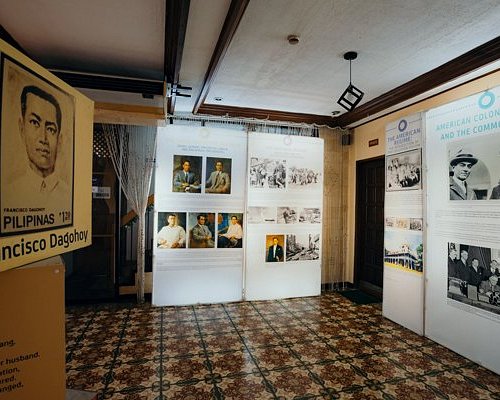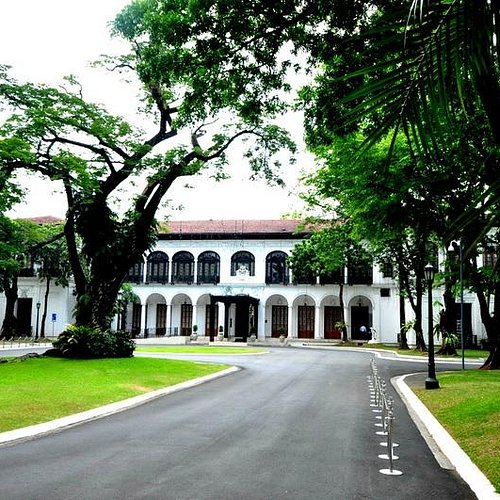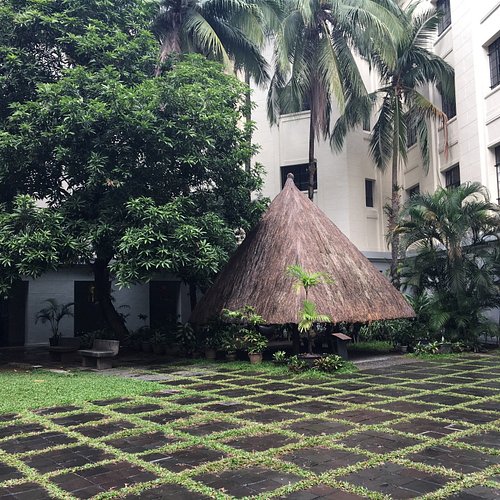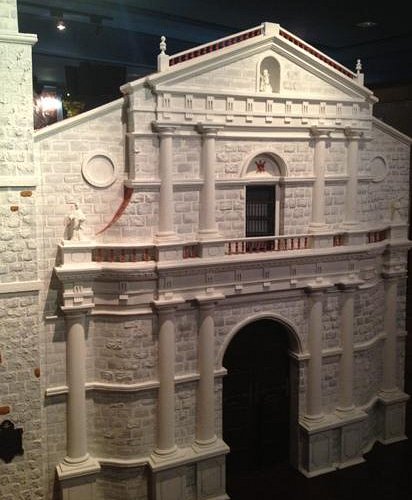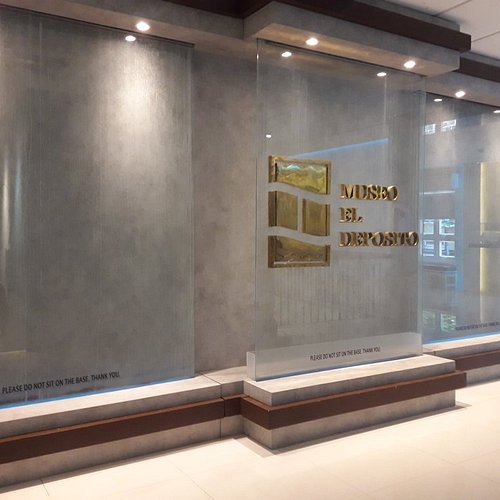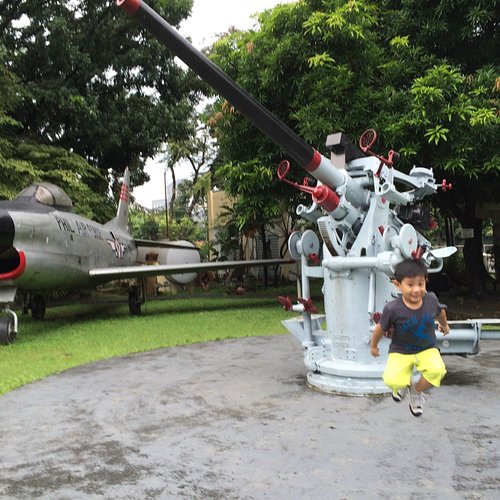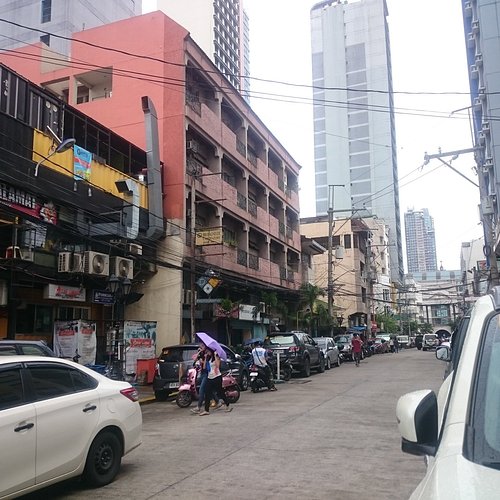The 10 Best History Museums in Metro Manila, Luzon
Discover the best top things to do in Metro Manila, Philippines including Gateway Gallery, Museo Filipino Intramuros, Presidential Museum and Library, San Agustin Museum, National Museum Of Anthropology, Chinatown Museum, Pasig Cathedral Museum, Museo El Deposito, Armed Forces of the Philippines Museum, UST Museum.
Restaurants in Metro Manila
1. Gateway Gallery
Overall Ratings
5.0 based on 6 reviews
Gateway Gallery is a cultural oasis in the middle of Araneta Center, a history museum for the general public. Opened on November 20, 2014, it is a museum devoted to showing the history of the Filipino through the visual arts. Current exhibit SiningSaysay: Philippine History in Art depicts the history of the Philippines through 30 large history paintings.
2. Museo Filipino Intramuros
Overall Ratings
5.0 based on 87 reviews
Museo Filipino is a historical museum gallery in Intramuros, Manila (just behind Manila Cathedral) that gives tourists a birds-eye view (30-minute crash course) on Philippine history. Using illustrations procured from the early 19th century, pictures from the US Library of Congress, and other sources, Museo Filipino narrates Philippine history from the pre-colonial period until the present-day administration. It is a good jump off point in Intramuros because it also highlights the owners' favorite places of interest in Intramuros, such as the Memorare, the gardens, the wall, the monuments of Queen Isabella and King Philip of Spain, etc. Entrance fees (with complimentary freshly-brewed coffee): Students - P80.00 Residents - P100.00 Non-residents - P200.00
Reviewed By Borjavv
I found this museum a very informative visit, spending over one hour there. Well worth a visit if you are staying in Manila.
3. Presidential Museum and Library
Overall Ratings
4.5 based on 74 reviews
The Presidential Museum and Library is the primary office within the Office of the President responsible for preserving, managing, and promoting the history and heritage of the Philippine Presidency, and particularly of Malacanan Palace as its official seat. It is the principal historical and artistic repository in support of the institution of the Presidency and for the benefit of the Republic and the Filipino people. It exercises primary curatorial, conservation, preservation, custodial, and advisory responsibilities over structures, and facilitates the conduct of tours of designated areas within the Palace. It was created in 2004 with the implementation of Executive Order No. 366, Issued by President Gloria Macapagal-Arroyo, which merged the Presidential Museum and the Malacanang Library into one office as the Malacanang Museum. The collections of both offices were integrated and housed in Kalayaan Hall, while others were placed in off-site storage facilities.In 2010, Executive Order No. 880 Was issued, placing the Malacanang Museum under the supervision of the National Museum for museological and related policy purposes. Later on, Executive Order No. 4, Promulgated by President Benigno S. Aquino III, placed the Malacanang Museum under the supervision and control of the Presidential Communications Development and Strategic Planning Office. The issuance likewise renamed the Malacanang Museum as the Presidential Museum and Library.
4. San Agustin Museum
Overall Ratings
4.5 based on 405 reviews
Reviewed By kanemochi - Seattle, United States
The San Agustin Museum is attached to the magnificent and historical San Agustin church. You should visit both the church and the museum on the same visit. The museum is spread over the entire massive grounds over two floors. Many of the pieces tell the story of the evolution Christianity in the Philippines. You could easily spend at least a couple of hours in just the museum itself. I spent a few hours on the entire property including the church. There are two beautiful gardens on the property. Be sure and look for the turtles in the inner garden fountain. Don’t get too close to the fountain because they’ll swim underwater. They appear to be shy and very aware of people.
5. National Museum Of Anthropology
Overall Ratings
4.5 based on 61 reviews
Reviewed By kanemochi - Seattle, United States
This museum is across the street from the National Museum. I would recommend at least a few hours to view the multiple floors of displays dedicated to Filipino history and culture or a full morning or afternoon. Don’t make the mistake of trying to visit both the National Museum and the Museum of Anthropology in just one day. There simply would not be enough time considering both are open for 7 hours per day and the National Museum can easily take an entire day for most people. I believe any visitor to a new country should make a good faith effort to gain a fundamental knowledge of that country’s history and culture. The Museum of Anthropology does an exceptional job of sharing the history and culture of the Philippines and the Filipino people. All displays feature well written summaries of that display’s particular subject. Many displays feature excellent videos for viewing. Brief written summaries accompany all displayed artifacts as well. Most people do a quick walk through looking only at the displayed artifacts. I highly recommend stopping and reading (at least occasionally) the written summaries for the displays. You’ll gain a much better understanding and appreciation of what you’re looking at.
6. Chinatown Museum
Overall Ratings
4.5 based on 2 reviews
The Chinatown Museum is a community space that aims to share a visual story of Binondo as one of the oldest Chinatowns in the whole world. Each gallery focuses on various influences that have shaped the cultural, social, and economic threads that have formed Binondo, as we know of it today.
Reviewed By sakubenjose - Sydney, Australia
Content of the museum was quite exhaustive, in my opinion. Very helpful in learning the history of the Filipino-Chinese people. Prepare to spend half a day if you intend to go through all of the exhibits.
7. Pasig Cathedral Museum
8. Museo El Deposito
9. Armed Forces of the Philippines Museum
Overall Ratings
3.5 based on 9 reviews
Gate 2 from EDSA or Santolan Metro Rail terminal. And Gate 1 from Santolan Ave.


